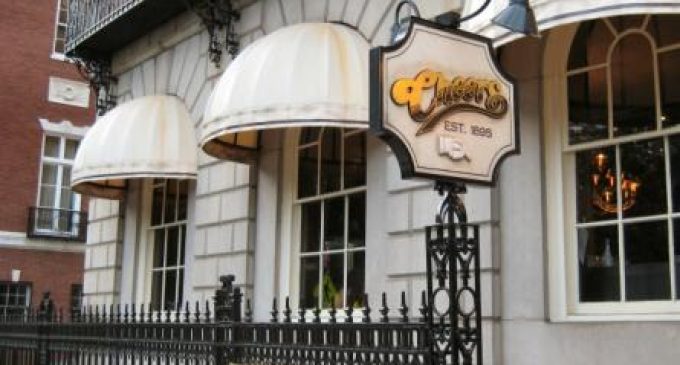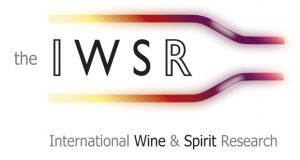Total US Beverage Alcohol Consumption Drops by 3.8 Million Cases in 2016

The IWSR US Beverage Alcohol Review (US BAR) provides a complete picture of annual volume trends and underlying drivers in the US market. Results from 2016 data show a fast-evolving product marketplace where lower-priced brands struggle to capture consumer attention. The term ‘category blur’, which refers to consumers drinking products across all categories instead of just sticking to one type of product, has become more prevalent and made it difficult for marketers to predict – or rely on – a loyal customer.
Total beverage alcohol consumption in the US lost 3.5m nine-liter cases in 2016 to end the year with 3.39bn nine-liter cases. The segments in decline – beer, cider and mixed drinks (FABs, long drinks and pre-mixed cocktails) – posted a combined loss of 14m nine-liter cases, a total that was unable to be offset by the addition of 10.4m nine-liter cases from spirits and wine. In total, on-premise sales volumes decreased slightly last year, bringing share of beverage alcohol consumption down as more consumers chose to drink at home. Off-premise sales picked up last year, resulting in an increased share of the market overall.
Distilled spirits ended the year up by 2.6% at 220.8m nine-liter cases and, as a result, gained 0.2% share of total beverage alcohol. The wine industry increased for its 22nd consecutive year to end last year with a total of 358.3m nine-liter cases. The beer industry modestly decreased -0.2% to 241.3m hectoliters (hl) in 2016. The overall mixed drinks category decreased 3.2% in 2016 over the prior year, falling to 101.6m nine-liter cases. The cider category skyrocketed the past three years to reach an all-time high of 2.6m hl in 2015, only to fall by -15.1% last year to end 2016 with 2.2m hl.
 Widely seen as the most accurate source of beverage alcohol consumption trends, the IWSR does however see a return to growth for total US beverage alcohol, with consumption forecasts to increase starting in 2018 and reaching a compound annual growth rate (CAGR) of 0.2% by 2021.
Widely seen as the most accurate source of beverage alcohol consumption trends, the IWSR does however see a return to growth for total US beverage alcohol, with consumption forecasts to increase starting in 2018 and reaching a compound annual growth rate (CAGR) of 0.2% by 2021.
Key Category Insights
Whisky: Bourbon increased 6.4% last year to 15.9m nine-liter cases. Imported whisky grew 3.4% in 2016. Irish whiskey increased 17.6%, the highest rate in over a decade. Canadian whisky grew by 2.4%, driven by Crown Royal and Fireball. Scotch posted the lowest growth rate among all imported whisky categories with an increase of 0.5%.
Gin: The gin category finally made progress after consecutive years of decline, advancing by 1%. This was achieved from performance in the premium-and-above segments in addition to high-end imports.
Vodka: The vodka category grew 2.3% to 74.8m nine-liter cases, driven by domestic brands like Tito’s and New Amsterdam.
Rum: The rum category posted a decline of -1.2% as consumer interest has shifted to whisky and tequila.
Tequila: Tequila sales grew 7.4% in 2016, reaching an all-time high of 16.3m cases and achieving a 7.5% share of overall spirits.
Brandy/Cognac: The domestic brandy category (+4.1%) is being revitalized through high-quality offerings from small producers. Cognac increased 18.8% in 2016, with Hennessy standing out as the star performer.
Wine: Still wine increased 1.1% in 2016 on the strength of premium-and-above varietals such as pinot noir, rose, cabernet sauvignon, red blends and sauvignon blanc. Sparkling wine achieved one of its best performances in 2016 (+7.2%). Wines priced at or above $10.00 to experience the most growth in 2016 (+7.2%).
Beer: The current trend of premiumization and drinking less but better does not translate into volume gains for the beer category. The domestic beer category was down -1.5% in total. Removing craft volumes results in domestic beer down -2.8%. To put that loss into perspective, a decline of -2.7% in the domestic beer subcategory is equal to 4.9m hl. A volume loss of that magnitude is equivalent to one of the largest domestic craft brewers closing its doors. The imported beer segment increased by 6%, primarily led by Mexican imports.
Prepared Cocktails/Mixed Drinks: The mixed drinks category is predominately made up of malt-based FABs (flavored alcoholic beverages) which hold a 90.3% share of the category, with the remaining 9.7% attributed to pre-mixed cocktails and long drinks.

































